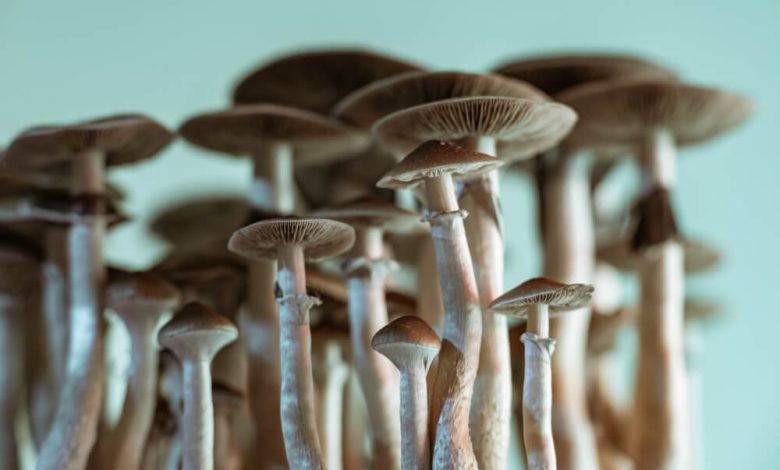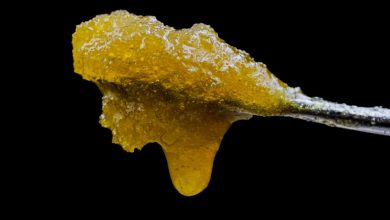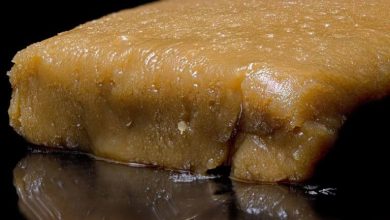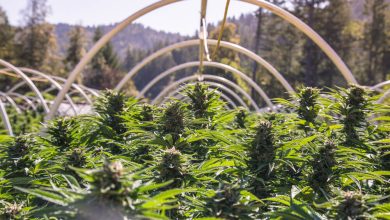Light in the cultivation of magic mushrooms- Alchimia Grow Shop

By now you probably know someone who uses or has been told about hallucinogenic mushroom therapies in one way or another, such as psilocybin microdoses, which have grown exponentially in popularity in recent years. Recently, the cultivation of magic mushrooms at home has experienced remarkable growth, motivated by the search for sustainable practices, interest in home-growing and research into the therapeutic effects of psilocybin.
This trend allows enthusiasts to not only enjoy the benefits of their harvests but also to experience a fascinating process that often leaves everyone who witnesses it amazed… it is extraordinary to see the first primordia appear and witness their spectacular growth over the following days! However, success in growing magic mushrooms at home depends on a thorough understanding of their specific needs, including environmental conditions such as temperature, humidity, hygiene or ventilation, and of course, the one we are dealing with today, light.
Parameters to consider when growing mushrooms at home
Before we look at the role that light plays in growing magic mushrooms, let’s look at some of the aspects that you should be clear about before starting so that their development is unhindered and they can bear fruit successfully. Growing mushrooms at home involves considering several critical factors that guarantee an environment conducive to their growth:
- Temperature: The ideal temperature for growing magic mushrooms is usually between 18°C and 24°C. Higher temperatures can cause stress in the mushrooms and negatively affect their development, while lower temperatures can slow or even stop their growth.
- Humidity: Maintaining high humidity (between 70-90%, depending on the stage of development) is essential for mushroom growth. This can be achieved by using humidifiers or by spraying water into the environment regularly. Normally, high humidity is started at between 80-90%, lowering to 70-80% as primordia appear and onwards.
- Hygiene: Cleanliness is crucial to avoid contamination of the mycelium, i.e. your mushroom cake. It is recommended to work in a clean space and to disinfect tools and surfaces before starting the culture with isopropyl alcohol. Make sure to disinfect your hands (or nitrile or latex gloves if you use them) before handling your culture by aerating or spraying water, something you may need to do daily.
- Ventilation: Good air circulation helps remove built-up carbon dioxide, which can inhibit mushroom growth (mushrooms themselves produce a lot of CO2, in addition to that already present in the air). Ensuring adequate ventilation is essential to maintaining a healthy growing environment for mushrooms. Just make sure there is no draught when opening your grow kit or mushbag!
Light and mushroom cultivation: what influence does light have when growing mushrooms?
Light is a relatively important factor in the life cycle of mushrooms, to begin with, because they do not carry out photosynthesis as plants do. In mushroom cultivation, light acts as an indicator to start fruiting; in fact, when preparing mushroom cakes (a mixture of substrate and mycelium) they are usually left in the dark to facilitate the mycelium colonizing the entire substrate, and they are not exposed to air and light until the fruiting process is started, that is, the formation of the primordia themselves, which in a few days will become impressive mushrooms. However, in this process contact with air is much more important than light.
When exposed to light and air, the mycelium responds by producing fruiting bodies, which are the edible parts of these amazing organisms, the mushrooms. However, it is essential to avoid direct, intense light as it can damage the delicate structures of the mushrooms, so indirect or filtered light is always recommended. Never put your mushroom cake in direct sunlight or under grow light systems such as those used to grow cannabis!
The indirect light that you can find in many areas of your house will serve perfectly to send that “activation” signal to the mycelium, although if you want to go a step further you can use some of the types of light that we will talk about below.

Types of light for growing mushrooms depending on their stage of development
The types of light used in mushroom cultivation vary depending on their development phase:
- Incubation phase: As we have already mentioned, during this stage the mushrooms do not require light. Darkness is favorable for the mycelium to establish itself and colonize the entire substrate effectively. Once fully established, it is exposed to dim light and air, thus stimulating the development of the primordia, the “embryos” that will become mushrooms in a few days.
- Fruiting Phase: During this phase, and although it is probably not as important as other factors such as temperature or humidity, light becomes an element to take into account. Full spectrum fluorescent or LED lights are ideal for stimulating growth, and it is not uncommon to see recommended lights with a color temperature of between 5000K and 7000K, maintaining a light cycle of between 12 and 16 hours per day. This adequate exposure to light during fruiting can increase production and improve the quality of the mushrooms. If you are going to use additional light, keep in mind that these are not indoor plants; try to use lamps that are not too powerful or too close to the mycelium, because if it receives too much light it will tend to reverse its fruiting process. To give you an idea, lamps with the spectrum we have discussed are usually recommended with a maximum of 2000 lumens (if you have some experience in indoor cannabis cultivation you will know that this is very little light, a very far cry from the more than 90,000 lumens that a 600W HPS grow lamp can produce).
However, it must be said that many growers use different photoperiods (number of hours of light and darkness per day), with fewer hours of light per day, and have also achieved excellent results. We have even seen crops carried out in almost total darkness without too many setbacks, but they have followed all the cultivation steps to the letter (airing the growing bag or kit daily, maintaining optimal humidity and temperature levels, etc.).

Conclusions
Growing magic mushrooms at home is an enriching and clearly growing activity that offers multiple benefits, but requires attention to various environmental factors, with temperature and humidity being some of the most critical in the fruiting phase. Controlling parameters such as temperature, humidity, and cleanliness, along with proper light management, can make the difference between a successful and unsuccessful crop. Regarding light, we have seen that it is better to apply little light (if at all) than to use too much lumens or intensity.
With knowledge and attention to these details, growers can enjoy a rewarding experience harvesting their own magic mushrooms at home, exploring not only the psychonautical aspects but also the potential therapeutic benefits of these fungi.
Happy harvest!
References:
- Light, what it is and what it does for mycology, R.H. Kurtzman, D. Martinez-Carrera
- The effect of light conditions on the content of selected active ingredients in anatomical parts of the oyster mushroom (Pleurotus ostreatus L.), Agnieszka Zawadzka, Anna Janczewska, Joanna Kobus-Cisowska, Marcin Dziedziński, Marek Siwulski, Ewa Czarniecka-Skubina, Kinga Stuper-Szablewska
- Use of artificial light in mushroom cultivation, Natalia L. Poyedinok




